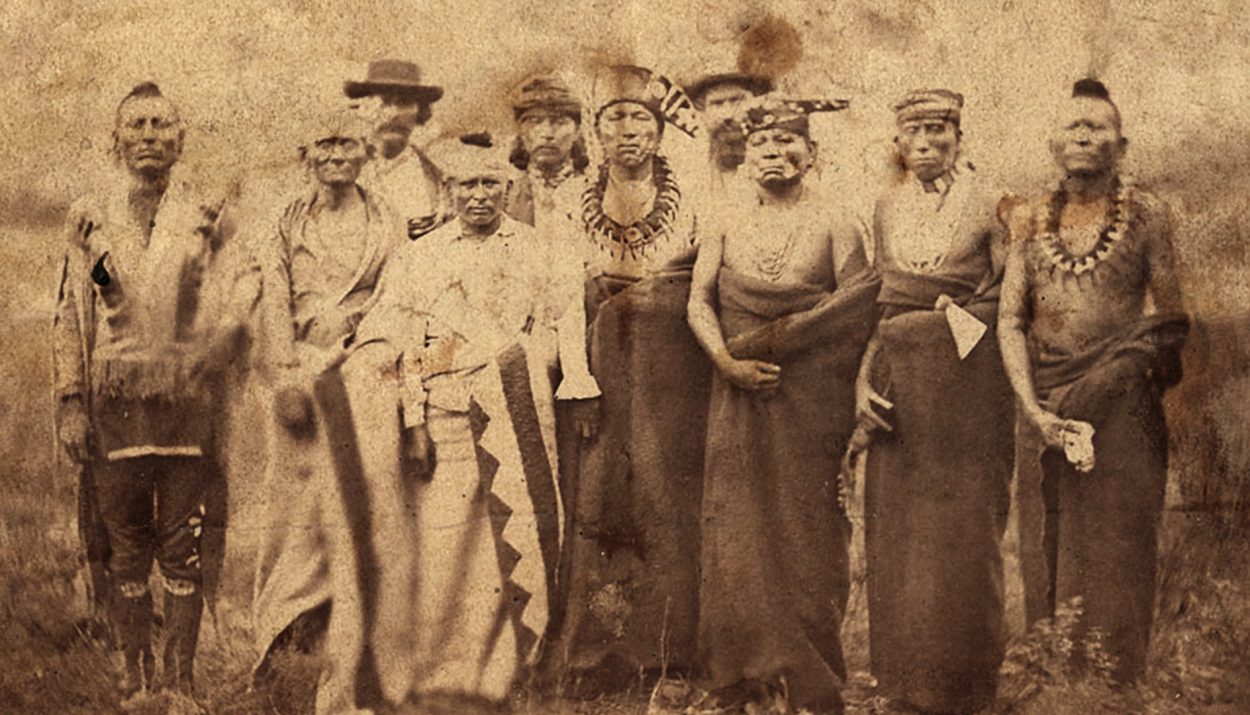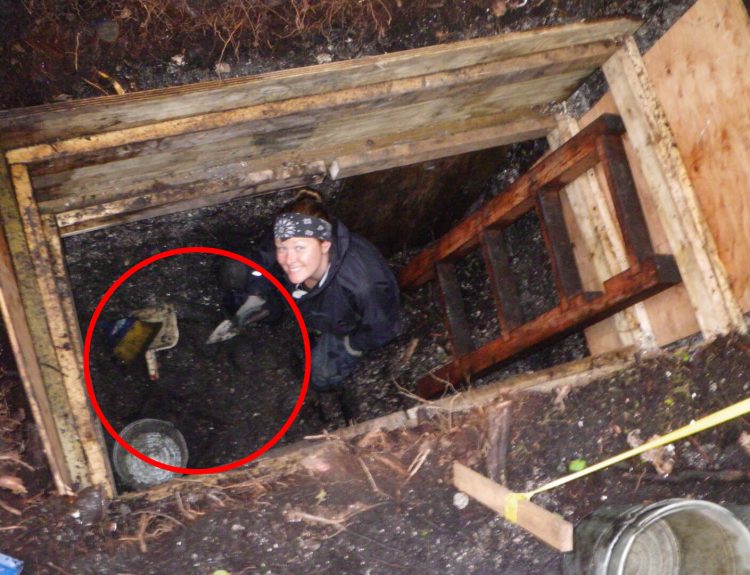If you saw last summer’s Martin Scorsese film, Killers of the Flower Moon, starring Leonard DiCaprio and Lily Gladstone, you probably left the movie theater with feelings of anger and disbelief at the injustices heaped onto the Native American people by both white settlers and the U.S. government. I know I did.
Scorsese did a great job adapting David Grann’s 2017 book for the big screen and the film shines a light on the greed and distrust that has tainted the American government’s interactions with Native American since the founding of the United States. However, as we will see, the theft of land and resources, and the loss of cultural identity, language, and religion for the indigenous people of North America is one of the biggest crimes ever perpetrated.
The Settling of the United States
The commonly told narrative about the founding of the United States tells us that persecuted Europeans risk the treacherous ocean crossing to carve out their own utopian society in the untamed wilds of North America. During the Westward Expansion, according to the narrative, pioneering Americans tamed the wild frontier.
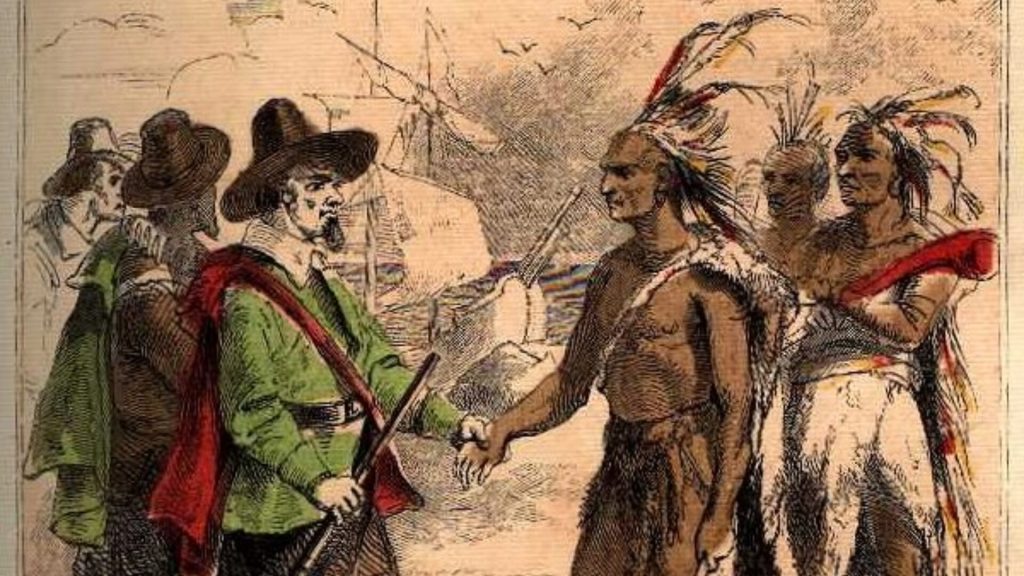
There is just one thing these stories leave out … there were people happily living in these places long before the White man arrived. And they were doing just fine until European colonists arrived to establish camps, towns, and forts in their backyards.
History Is Told by the Victors
As the saying goes, history is told by the victors. The history of the United States is most often told through the lens of the European colonists … newcomers to the land. Their achievements and victories are held up as great accomplishments while the achievements of the indigenous people are downplayed.

For much of the 1800s and into the first half of the 1930s, the United States fostered a negative stereotype about the Native American people. Stories, books, and movies cast them as blood-thirst savages, heathens, and as being culturally and evolutionarily inferior.
Native Americans Were Victims of a Greedy Government
In reality, the Native American people were victims of greedy individuals and, more significantly, a greedy government. Time and time again, the U.S. government enacted laws and policies which were designed to strip the Native Americans of their lands, resources, and culture.
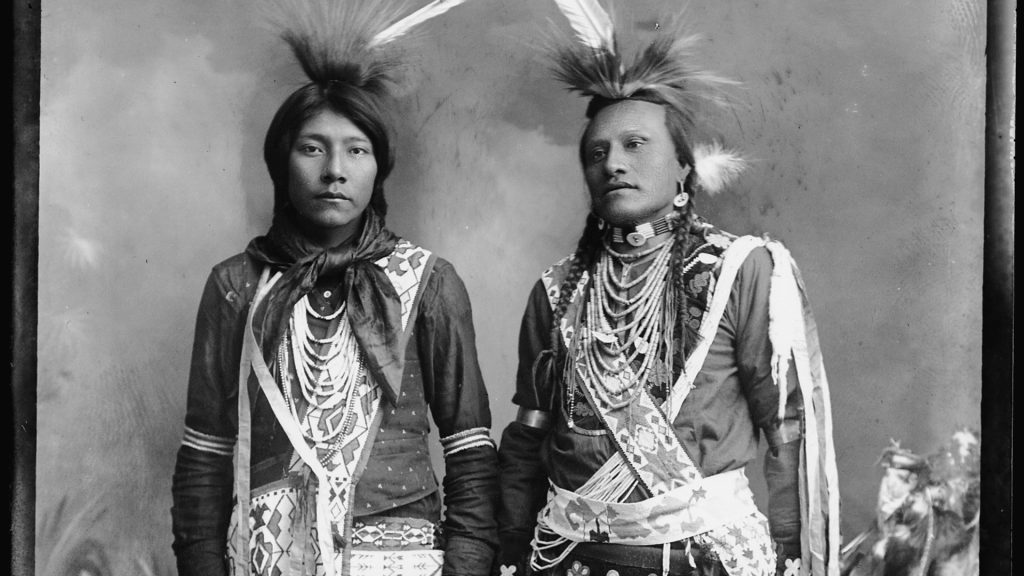
Treaties and policies were presented to Native American leaders as being in their best interest, however the U.S. government has never taken a benevolent approach to their interactions with the indigenous people. Instead, they either used these policies to trick the Native Americans or they flat-out broke their promises. Let’s take a look at a few examples.
Manifesting Our Destiny
One of the mantras of the westward expansion was Manifest Destiny. This term, coined in the 1840s, basically said that God wanted White Americans to spread across the North American continent and control the lands from the Atlantic Ocean to the Pacific Ocean.

Pioneers heading west in their covered wagons felt a sense of pride that they were helping manifest the country’s great destiny. They were fulfilling God’s agenda for the young United States. This belief justified the taking of land and resources.
Solving “the Indian Problem“
The westward expansion had one big obstacle in the way. There were already people living there. In fact, there were thousands of Native Americans representing hundreds of tribes, each with their own language, cultural practices, and systems of government. The U.S. government set out to solve “the Indian problem,” as it was commonly called.
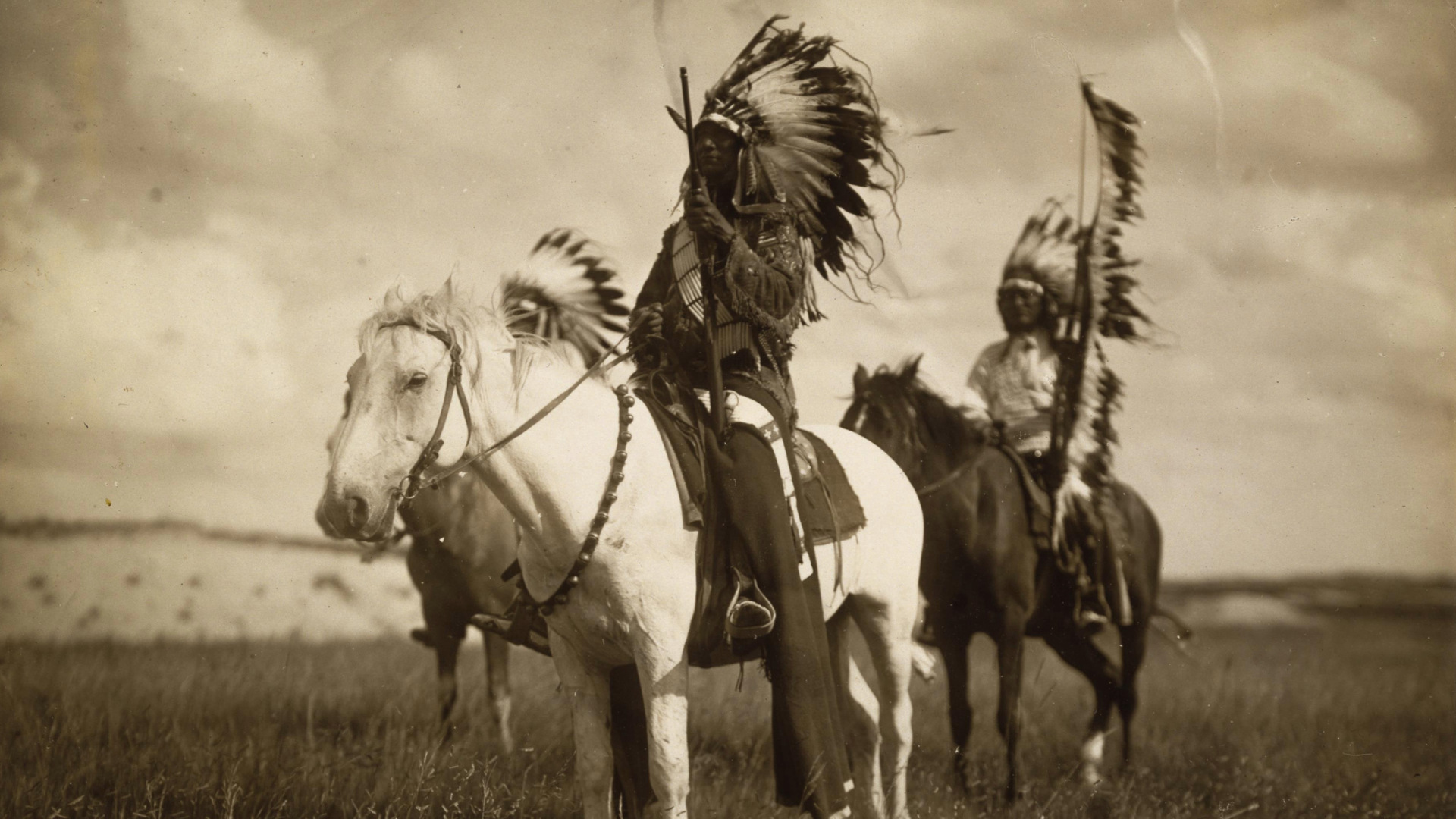
Solving the Indian problem, according to the U.S. government, did not include abiding by the Native Americans land claim or finding ways to peacefully coexist. The answer, it was believed, was to remove the Native Americans from their ancestral lands.
The Indian Removal Act
On May 28, 1830, President Andrew Jackson signed the Indian Removal Act. Under this legislation, the U.S. government would grant land west of the Mississippi River to Native American tribes in the southeastern part of the United States, now the states of Florida, Georgia, Alabama, Mississippi, and a portion of Tennessee.
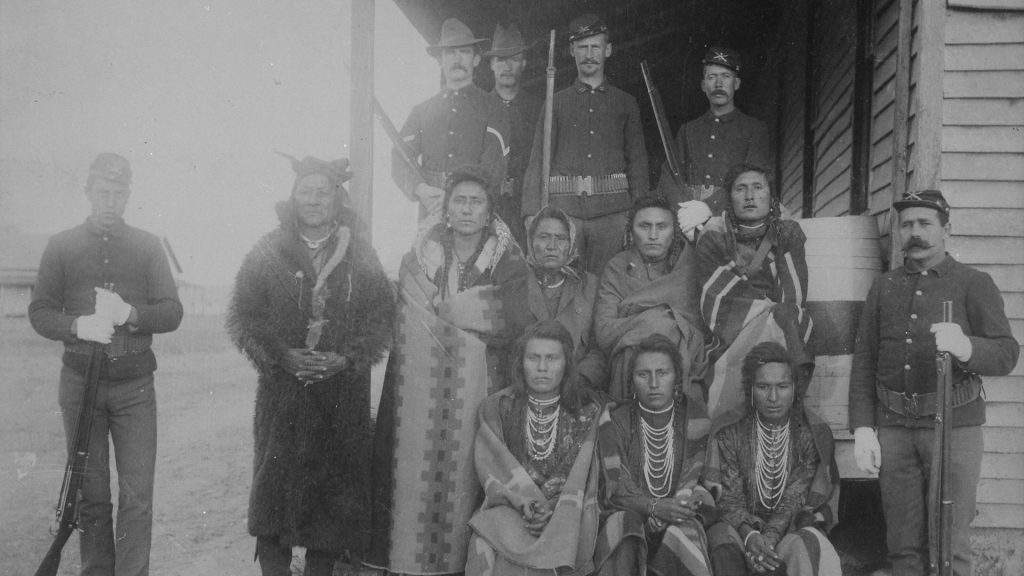
Under the Indian Removal Act, tens of thousands of Native Americans were forced from their lands and relocated on land in what is now Oklahoma. This is when the famously tragic Trail of Tears event occurred. During a forced march to Indian Territory, thousands of Cherokee people died from disease, starvation, and exposure to the elements.
Violating Previous Treaties
Prior to the passage of the Indian Removal Act, the U.S. government had established a series of treaties and agreements with several Native American tribes. The Indian Removal Act went against the terms outlined in these earlier treaties. When Native American leaders pointed this out, however, they were told that this new act superseded older agreements.
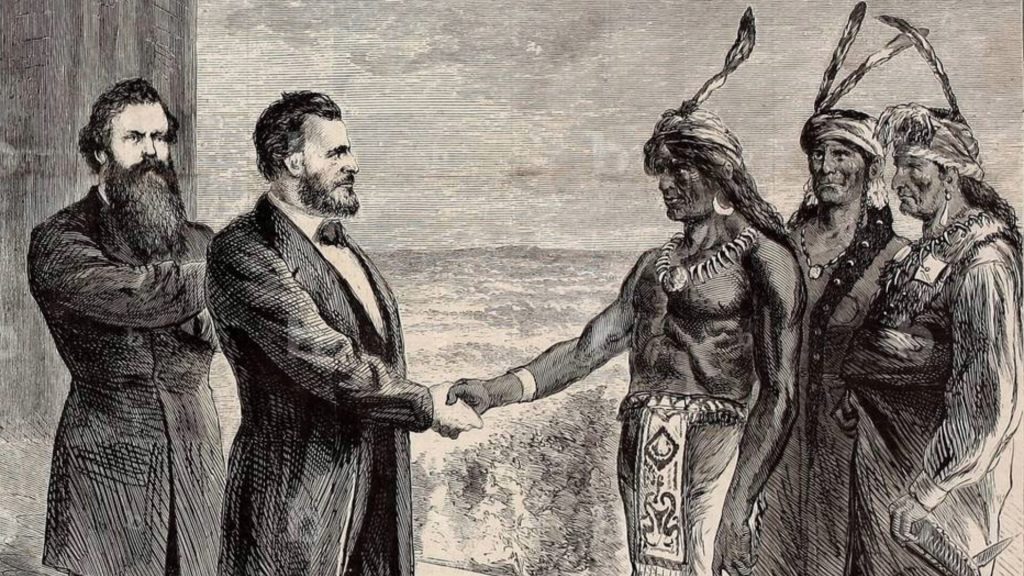
This set a precedent that would be repeated over and over again. The government would enter into an agreement or treaties with Native Americans, only to break the agreement or change the terms. Naturally, this created distrust in the government by the Native American people.
The General Allotment Act
The General Allotment Act, which was also called the Dawes Act, was signed into law on February 8, 1887. The goal of this legislation was to acquire land owned by Native Americans by doing away with the practice of communal land ownership and replacing it with individual allotments of land.
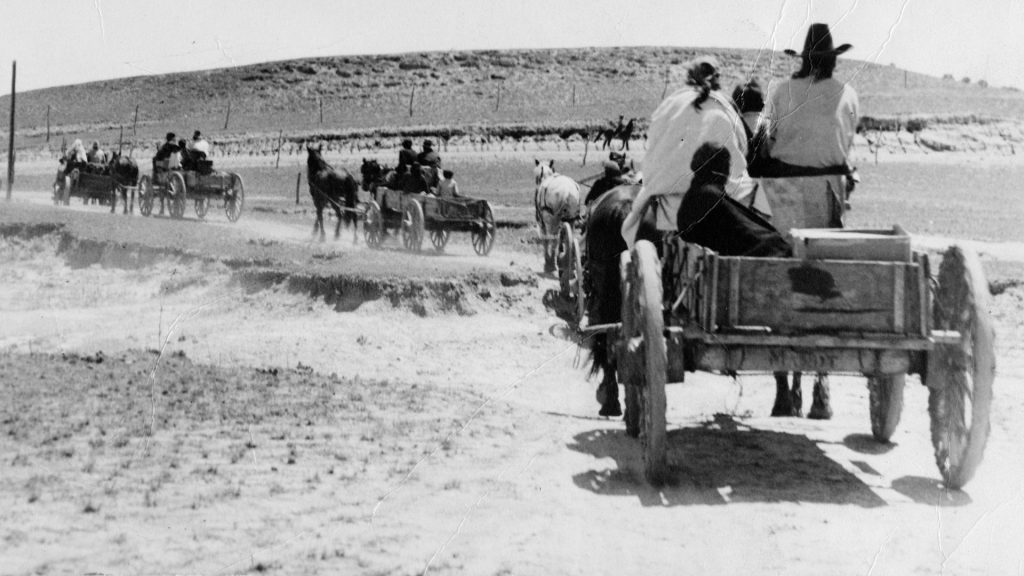
Large plots of land that were held in reservations were divided up into 160-acre increments and granted to male heads of household. In doing so, there was leftover land – surplus land – that, under the terms of the Dawes Act, could be sold to non-Indians.
But the Dawes Act Didn’t Really Grant Land Ownership to Native American
According to the details of the General Allotment Act, or the Dawes Act, the land granted to individual Native Americans didn’t mean that they actually owned the land. Instead, each land grant was put into a trust and held by the U.S. government for 25 years.
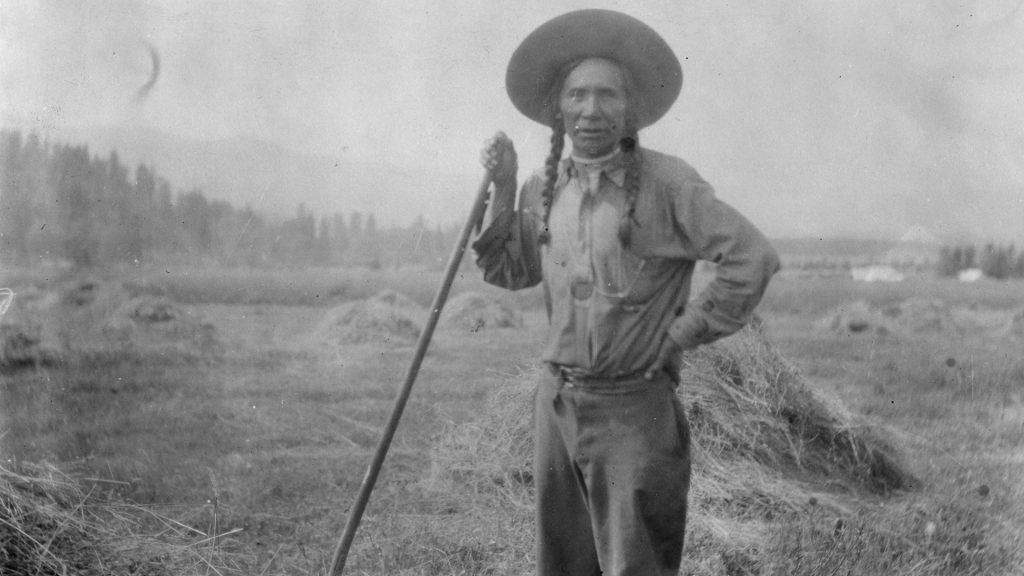
After the 25 years are up, the individual could petition the U.S. government for the title to their land. But there were more strings attached. The person and their family had to prove that they converted to Christianity, had become U.S. citizens, and were farming their land using European farming practices.
Native American Land Ownership Was Set Up to Fail
The perimeters for land ownership by Native American individuals, established under the Dawes Act, were designed to set people up for failure. For example, once the title to the land passed into an individual’s hands, he would have to pay taxes on it. When he couldn’t, the land was seized from him, or he was forced to sell it.

Moreover, the 160-acre parcels were not completely farmable. Some families could not sustain themselves on the land they were granted, so they had to forfeit their grant. Others struggled with European agricultural methods or refused to renounce their traditional beliefs in favor of Christianity.
The Dawes Act Also Robbed Native Americans of Their Culture
The underlying goal of the General Allotment Act, or Dawes Act, however, was assimilation. The U.S. government wanted to force Native Americans to give up their traditional ways and assimilate into mainstream American society. No longer living in communal establishments, the strong bonds among tribe members began to break apart.
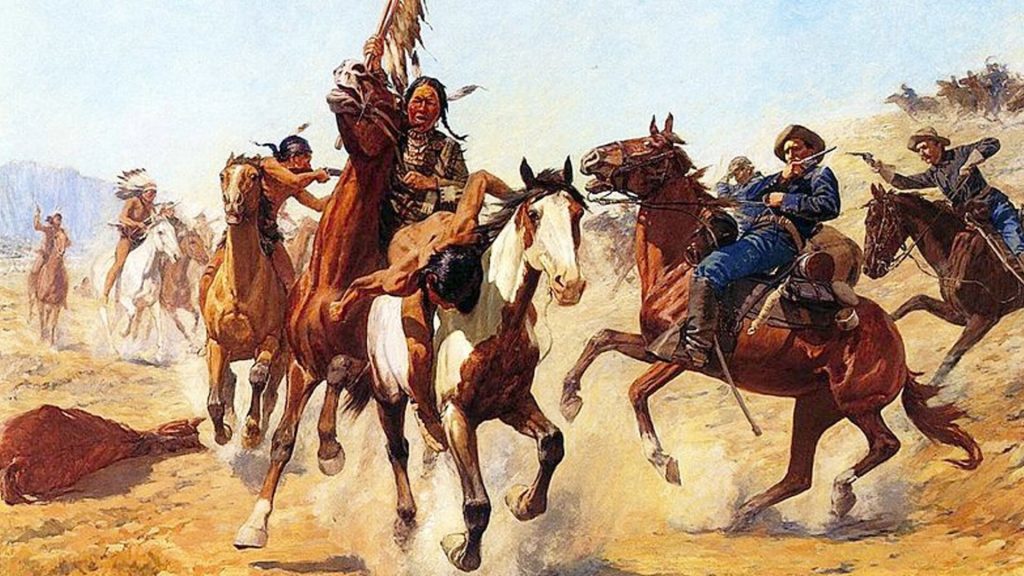
In the past, Native American tribes had their own governing structures and rules for dealing with problems. But now, they were forced to follow the rules and laws set up by the U.S. government. And, as we know, those rules did not favor the Indian cause.
Robbed of Mineral and Resource Rights
The U.S. government took advantage of the fact that Native American lands were being held in government trusts. The natural resources on these lands – oil, natural gas, iron ore, timber – were then controlled by the U.S. government.
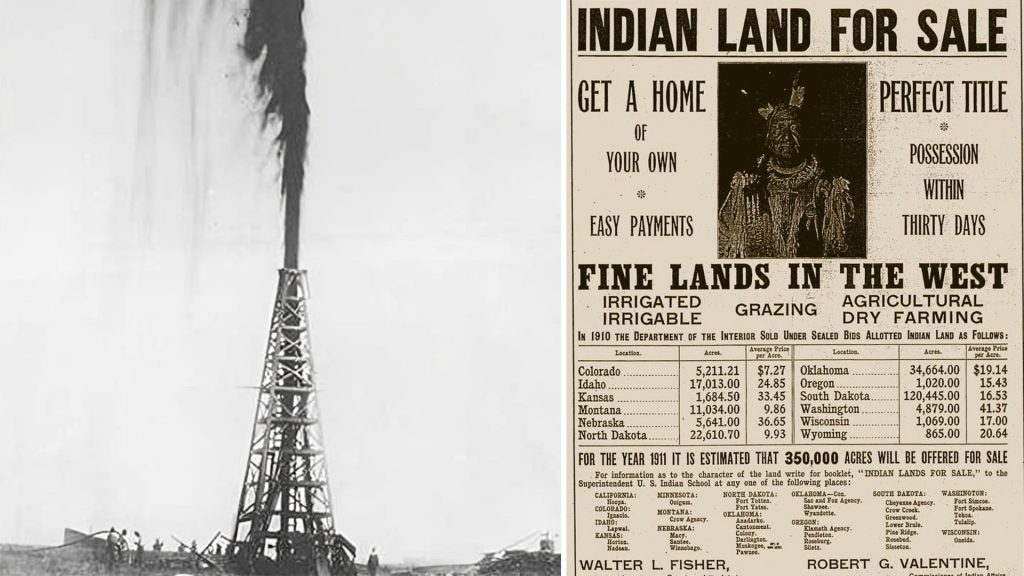
As per the Dawes Act, revenue generated from the sale or leasing of nature resources was supposed to be landowners. However, this did not happen.
Billions of Dollars Stolen
If the grantee failed to make a living by farming their parcel for 25 years and he had to relinquish his grant, the revenue in the trust was forfeited to the U.S government. In numerous other cases, the accounting was sketchy, records were lost, or payments were simply not sent.
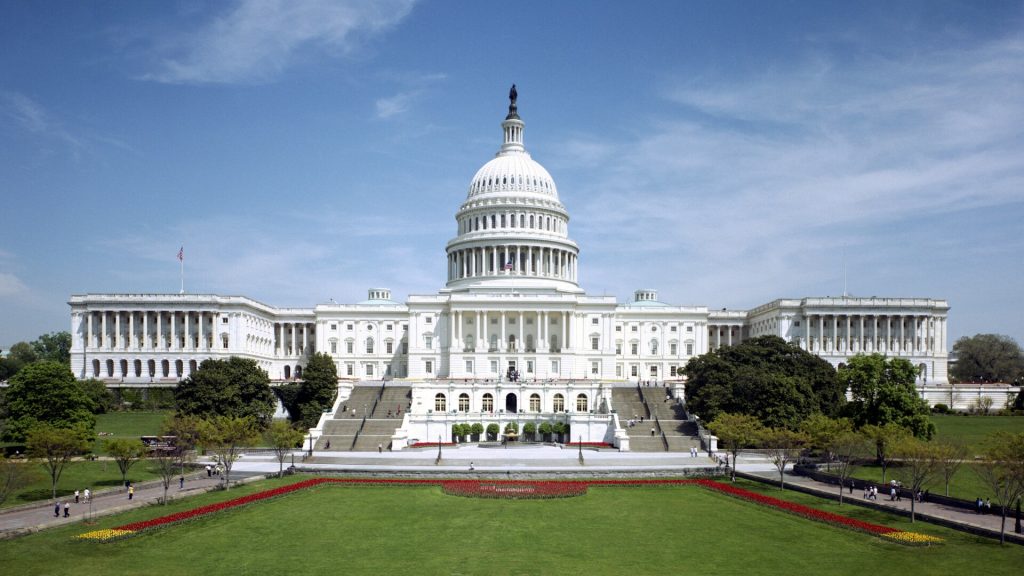
The U.S. government essentially stole billions of dollars from natural resource sales that should have gone to Native Americans. They counted on the passage of time and confusing legislation to keep the funds from going where they were supposed to go.
Indian Schools Destroyed Native American Families
As part of the government’s plan to assimilate Native Americans into American society, Indian schools were established. In the late 1800s and early 1900s, Native American children were forcibly taken from their families and set to boarding schools. There, they were forbidden from speaking their native language or practicing their cultural beliefs.

Indian schools were less about education and more about cultural indoctrination and forced assimilation. Many of the students left the schools so brainwashed against their own people that they could not return to their homes. Families were torn apart, and their heritage was suppressed.
Ethnocide in the Name of the White Man’s Burden
The White Man’s Burden is based on the idea that White Europeans are so racially superior to everyone else that it is their moral obligation to civilize native people and introduce them to the “proper” way to live.
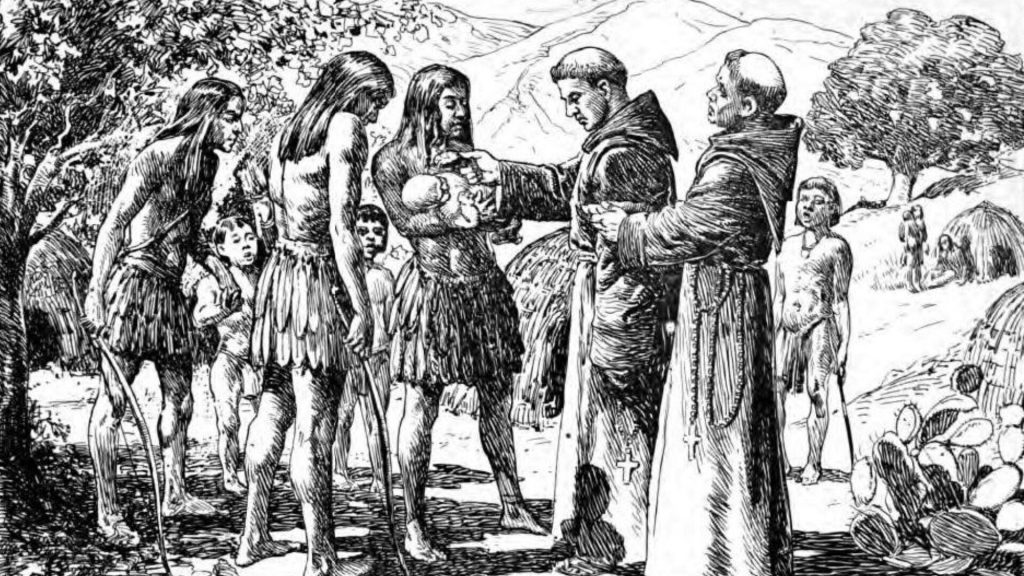
This idea was also closely linked to religious beliefs. Native people were viewed as “godless” and “heathens”. White European colonists felt it was their obligation to convert natives to Christianity.
Justification for Assimilation
This mindset helped to justify the Indian schools and force assimilation of the Native American people. White American felt charitable for helping “civilize” the “poor savages”.
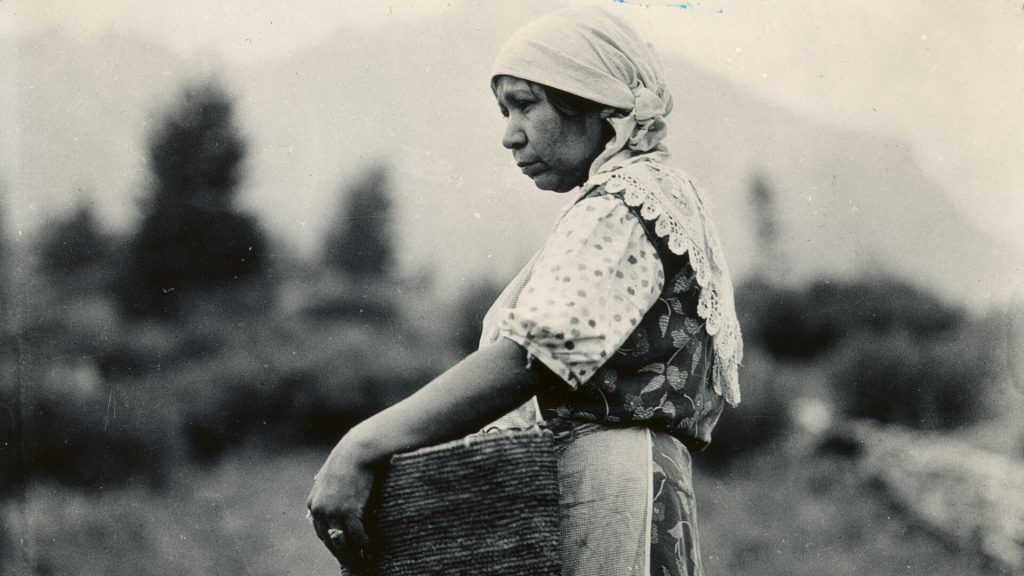
It also justified the taking of land from Native Americans for it perpetuated the concept that indigenous methods and techniques were wrong, primitive, or ineffective. Non-white people, it was thought, had to be taught the correct ways of doing things. And it fell to White people to teach them and “save” them from their own failings.
Underhanded Practices Targeting Native Americans
The U.S. government also engaged in other underhanded, unfair, and downright cruel practices that targeted Native Americans. One way the government forced Native Americans to assimilate was to kill off all the buffalo, a major source of food, clothing, and other materials, for the Plains Indians.
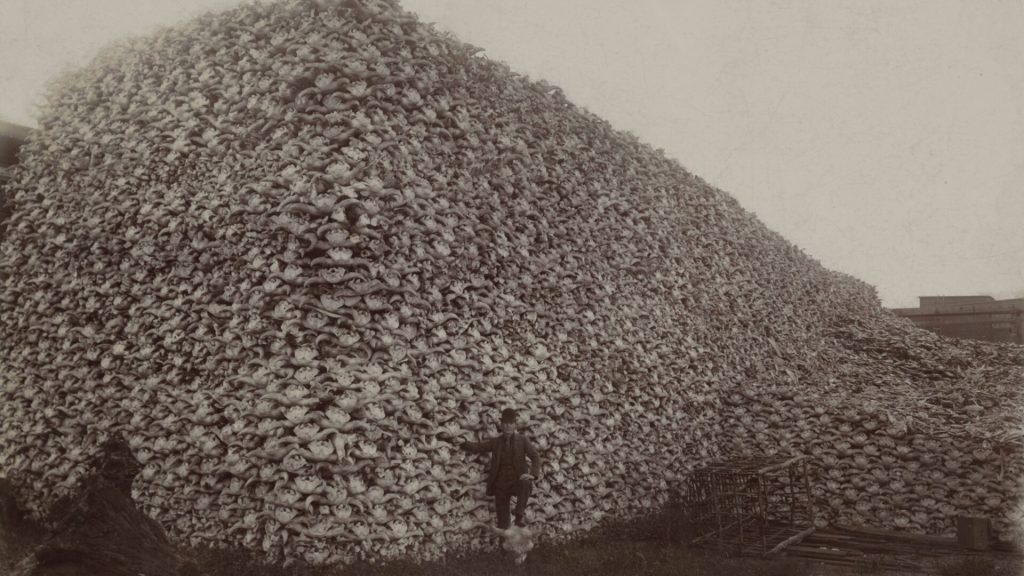
The government hired frontiersmen to kill as many buffalo as they could, paying them $0.25 per tongue. In the first two years of this program, about four million buffalo were killed. By the end of the 1880s, an estimated 30 million animals had been slaughtered.
The Loss of Native American Languages
The U.S. government actively tried to erase Native American languages by forcing students in Indian Schools to speak only English. English was also required for people living on reservations. As a result, fewer and fewer people were learning native languages. Today, North America has the most extinct and endangered language on the planet.
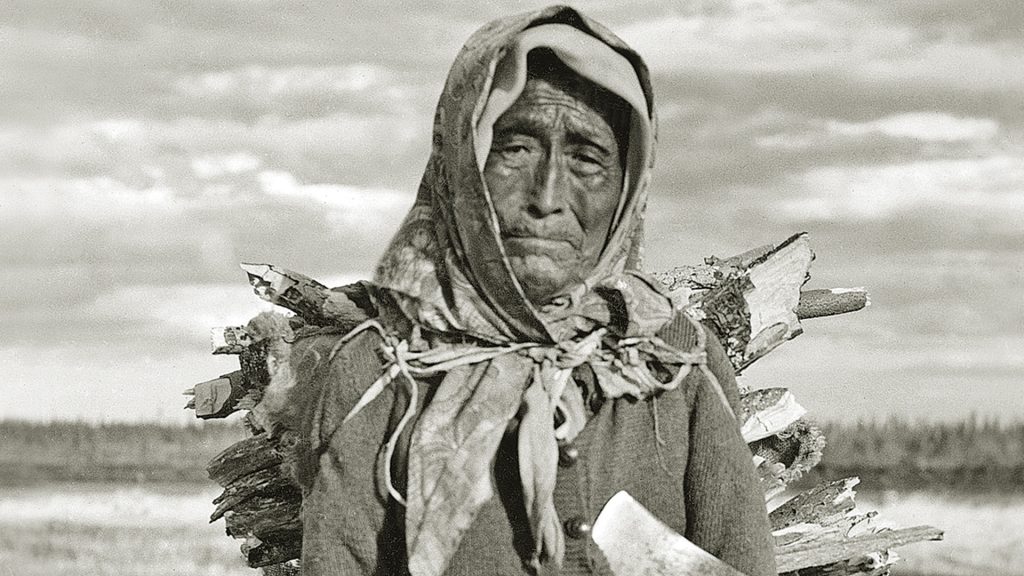
According to current reports, there are 115 Native American languages still spoken in the United States. Of those, only two are considered healthy and flourishing. Thirty-four of them are endangered, and an astonishing 79 are poised to go extinct, with only a handful of fluent speakers.
Finally Getting Some Justice
Elouise Cobell, a member of Montana’s Blackfeet Nation, filed a class action lawsuit against the U.S. government in 1996. The suit intended to force the government to share its accounting of funds in the natural resources’ trusts dating back to their inception.
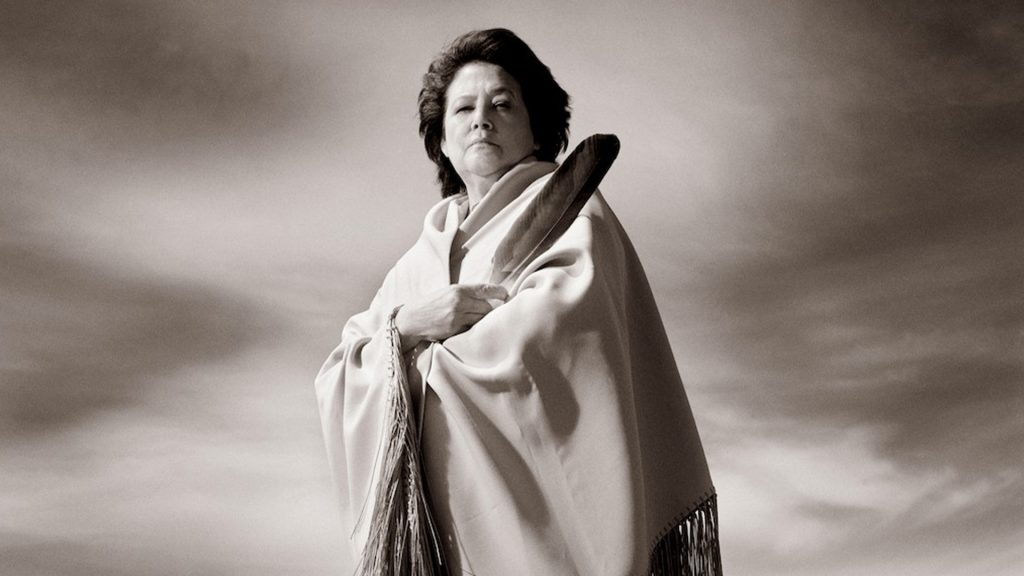
The case crawled through the courts for the next sixteen years. In 2009, the government finally settled the case for $34 billion. Of that, each member of the class action suit received a direct payment of $1000. Ownership of the lands has passed to multiple owners over the years, making it complex to determine who has the rights to the funds.
Restitution and Reparations
According to Jefferson Keel, president of the National Congress of American Indians, the settlement, while inadequate, does “bring some measure of restitution.” In recent years, Native American leaders have sought restitution and reparations from the U.S. government for the injustices, land grabs, and thefts of the past.
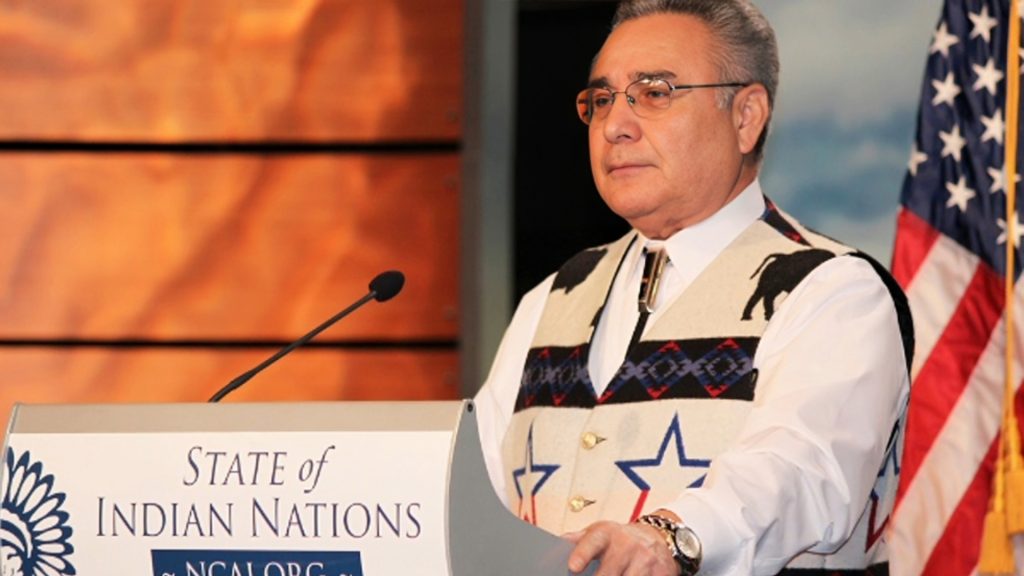
While the idea of restitution is a hotly debated one, it is clear that for most of its history, the United States has conspired against the indigenous people … the people who were in North America long before the first White European colonists arrived.

